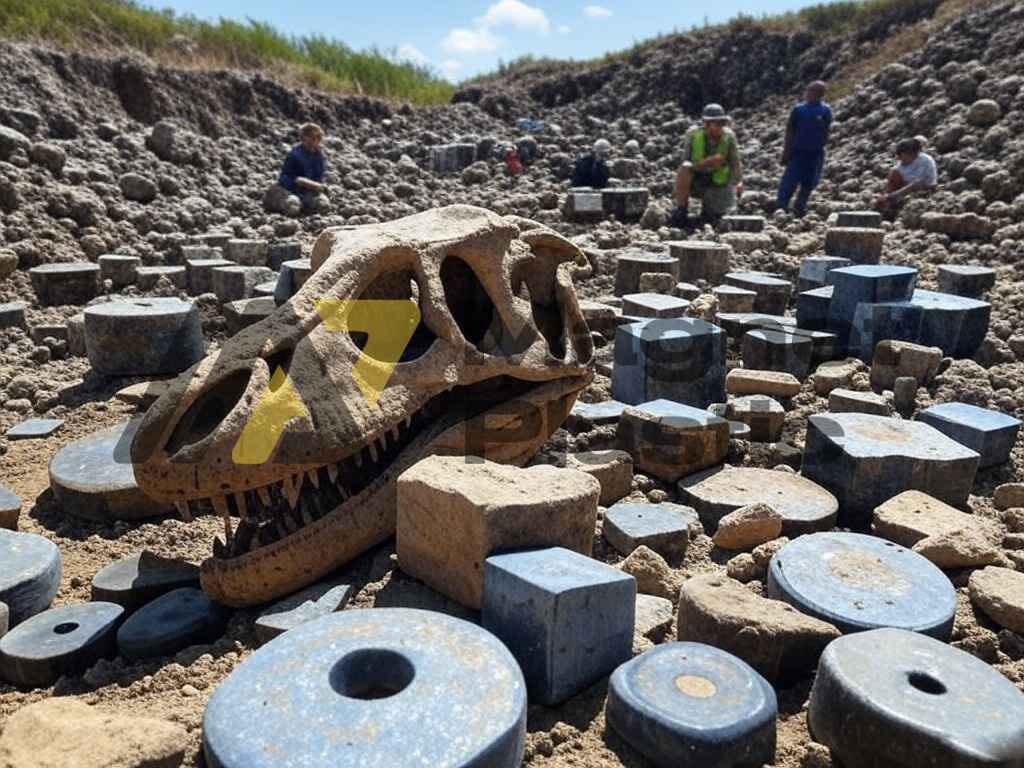Magnetism in Archaeology
Magnetism has emerged as a revolutionary tool in the field of archaeology, transforming the way researchers discover and analyze vestiges of the past. This physical phenomenon, which is based on the interaction of magnetic fields, allows archaeologists to explore historical sites in a noninvasive manner, preserving the integrity of the findings while obtaining crucial information about ancient civilizations.
The scientific basis of magnetism in archaeology
Magnetic archaeology is based on the ability of certain materials to record and preserve magnetic fields. When objects such as ceramics or clay bricks are heated to high temperatures, the ferromagnetic minerals in their composition align with the Earth’s magnetic field at that time. When cooled, these objects retain this orientation, creating a unique “magnetic record” that can be analyzed centuries later. This phenomenon, known as magnetic remanence, is key to dating and locating archaeological objects.
Magnetometry: Exploration without Excavation
One of the most prominent applications of magnetism in archaeology is magnetometry, a technique that measures variations in the magnetic field of the ground. Magnetometers detect anomalies caused by buried objects or underground structures, such as walls, ovens, tombs and ancient roads. This technology allows researchers to create detailed maps of archaeological sites before starting an excavation, saving time and resources.
For example, at Roman or medieval sites, archaeologists have identified settlement patterns without having to excavate large areas. This not only protects the site from potential damage, but also offers a broader view of the historical and cultural context.
Archaeomagnetic dating
Magnetism is also used to date objects and structures. Archaeomagnetic dating analyses the magnetic orientation recorded on heated materials, such as ceramics or bricks, and compares it to the historical record of the Earth’s magnetic field. This method is especially useful at sites where other methods, such as carbon-14 dating, are not applicable.
Practical applications
Magnetism has been instrumental in archaeological projects around the world. In Egypt, magnetometers have helped identify underground structures near pyramids, while in Europe they have been used to map Neolithic settlements and Roman villas. In America, this technology has made it possible to locate temples and plazas at pre-Columbian sites, revealing valuable information about ancient cultures.
Preservation and sustainability
One of the greatest advantages of using magnetism in archaeology is its non-invasive nature. Unlike traditional excavations, which can be destructive, magnetic techniques preserve sites for future generations. This is especially important in protected areas or with legal restrictions on direct intervention.
Conclusion
Magnetism has revolutionized archaeology, providing advanced tools to explore the past with precision and respect for cultural heritage. As technology advances, new magnetic applications are likely to emerge that will further expand our understanding of ancient civilizations. Thanks to these innovations, magnetism continues to be an essential force in the search for our historical roots.
